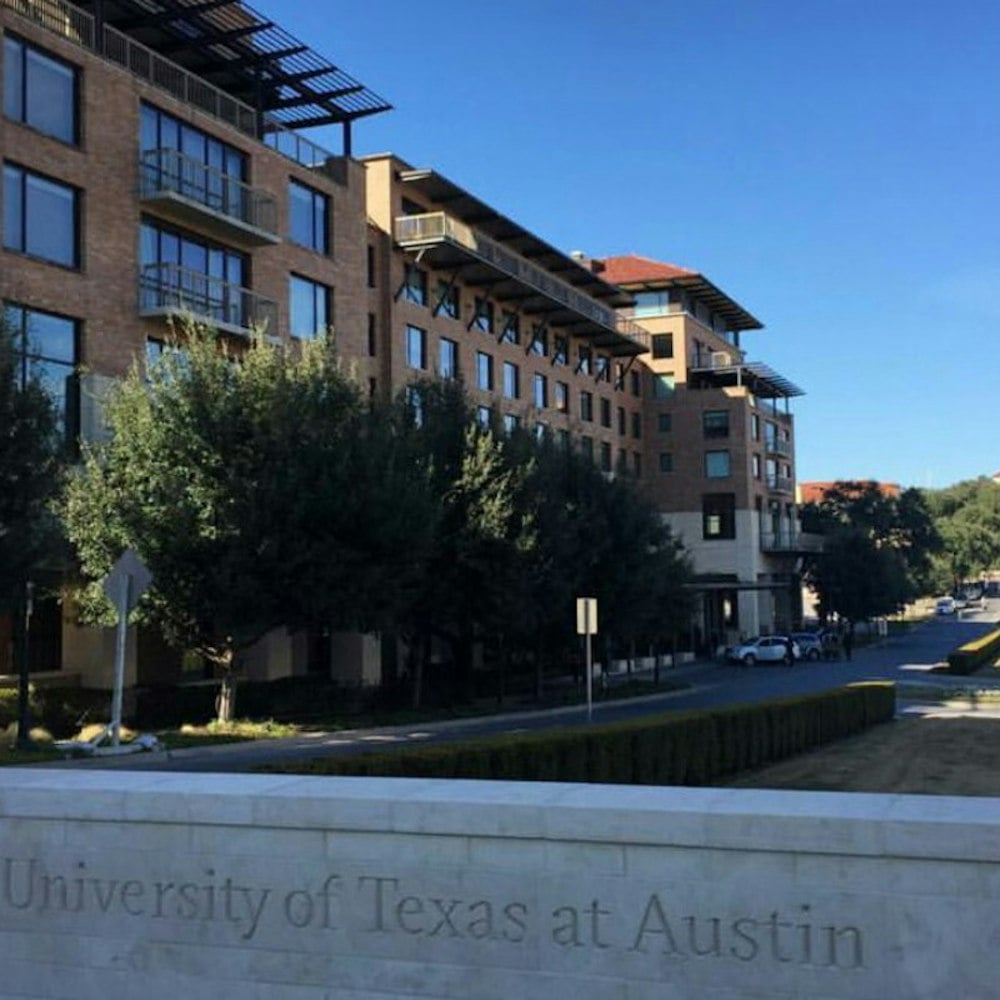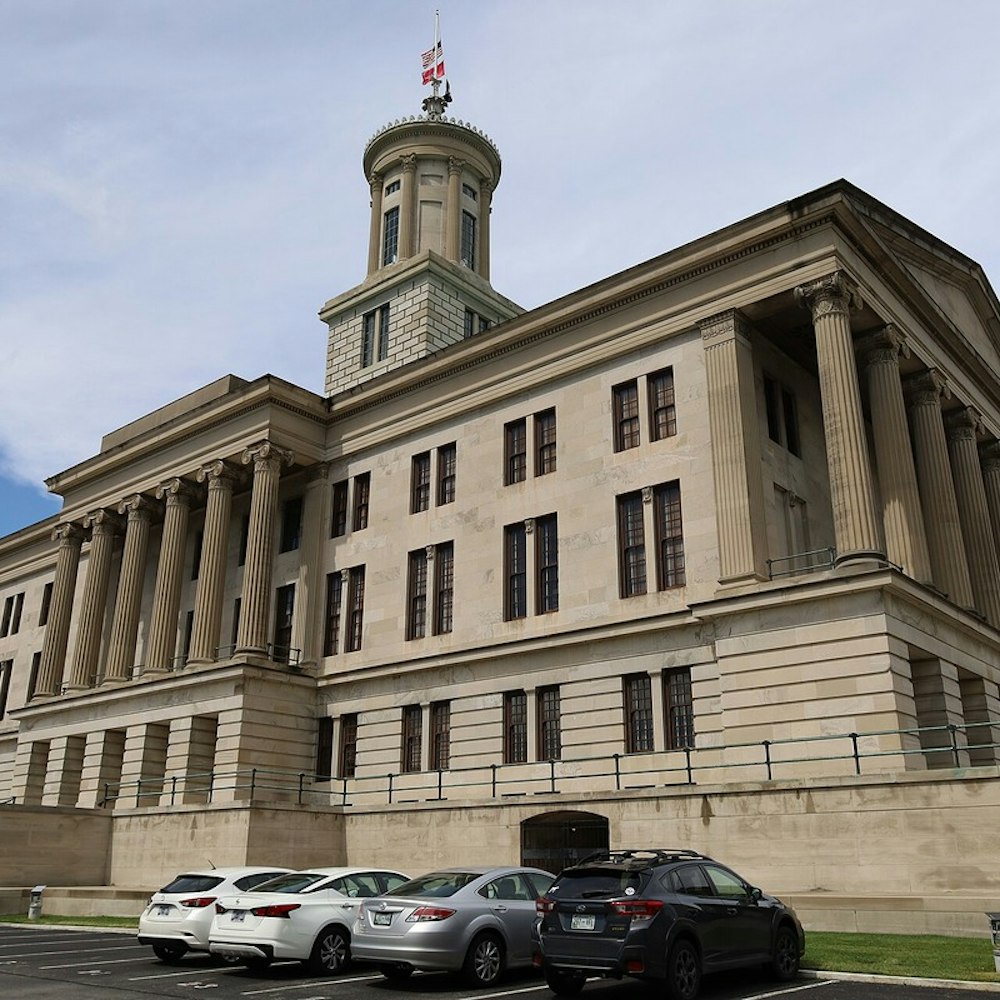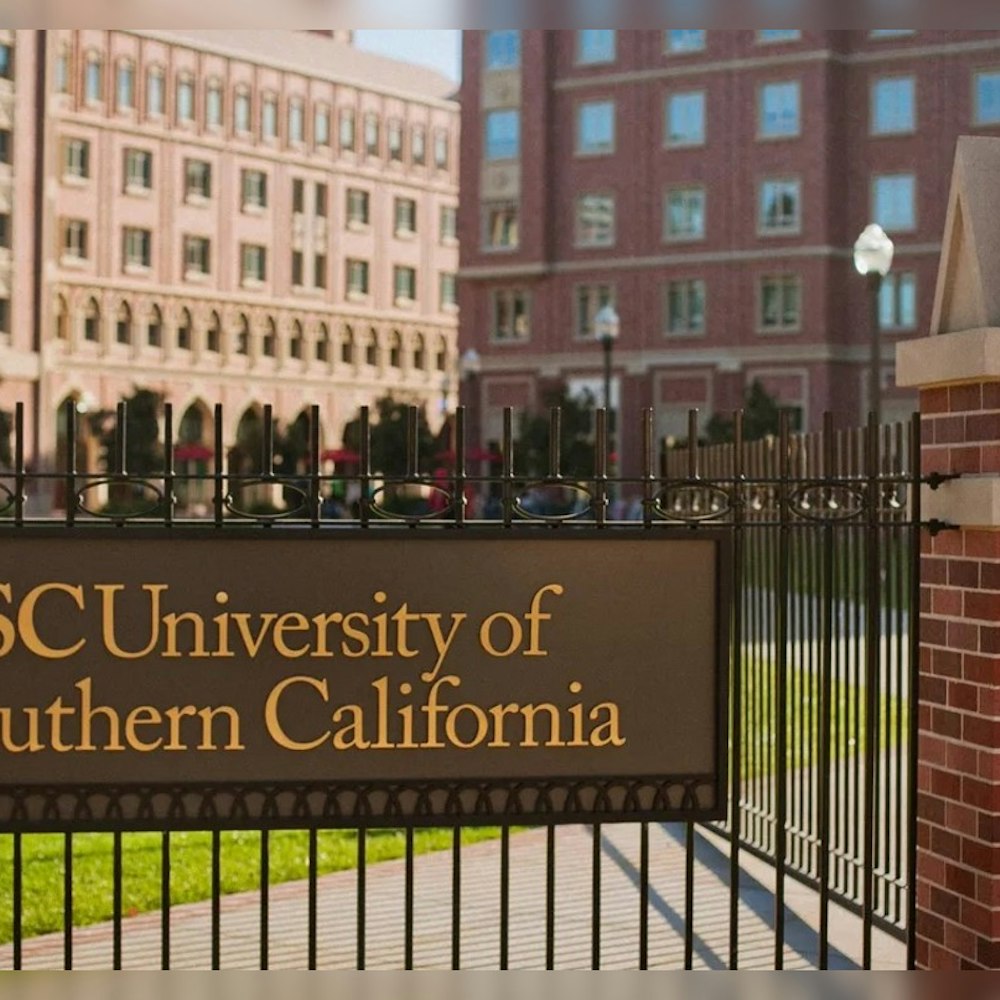
Butano State Park in the Santa Cruz Mountains, often known as the little sister to Big Basin Redwoods State Park, is getting ready to reopen its visitor center in January — the park actually reopened six months ago after last year’s destructive CZU Lightning Complex Fire.
The blaze did much more damage inside Big Basin, but it still caused $14 million in damage two miles away at Butano. “It thinned the forest. It removed downed fuels. This was a beneficial fire. It’s what we would expect from a prescribed fire,” Santa Cruz district state parks superintendent Chris Spohrer told the Mercury News.
Roughly six miles of trails have reopened inside the 4,700-acre park in the southern portion of San Mateo County, and work is being done on the other ten miles of trails to hopefully get them open by spring. The park is full of deep canyons, streams, and of course, huge coastal redwood trees that Bay Area hikers and campers are drawn to. “Butano doesn’t have the iconic individual trees that Big Basin does, but it is an enchanting forest," says Sara Barth with the non-profit environmental group Sempervirens Fund, speaking to the Mercury News. "It’s one of California’s under-recognized gems. It’s likely to be on the discovery list for a lot of people because they’ll be able to go there before Big Basin reopens.”
Even though the park is open, there is still plenty of work to be done to get things back to normal. PG&E is in the process of installing powerlines underground, which will take another year or so to complete. Water pipe replacements also must be completed in order to get the 39 campsites in the park’s main campground back up and running. Park officials believe everything will be ready to use sometime in 2023.
According to park maps, “California Indians gave the name Butano to the region, meaning a gathering place for friendly visits. Other sources indicate that the name was given by the Spanish, for a word that apparently means a drinking cup made out of a cow horn.” You can check the park’s website to find out which trails are open.









